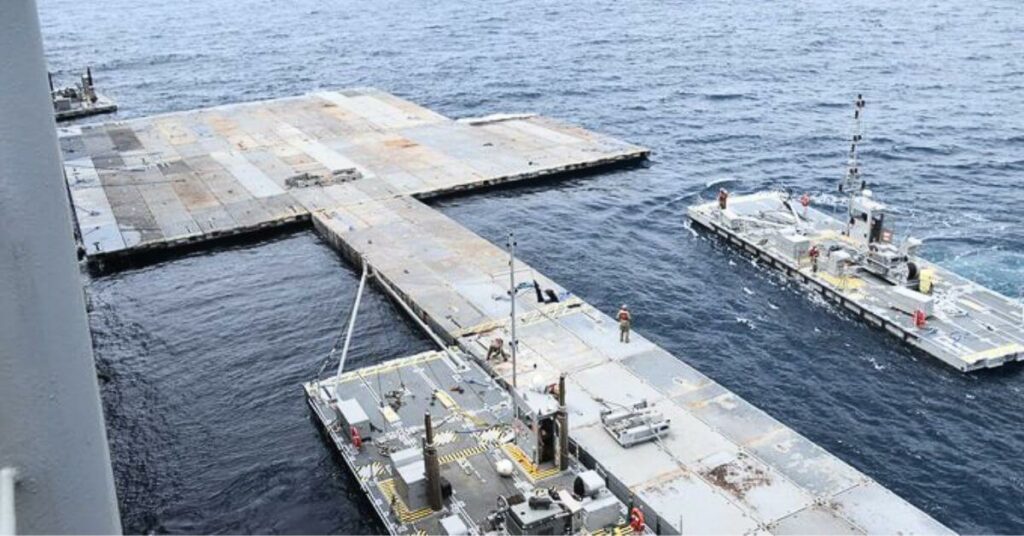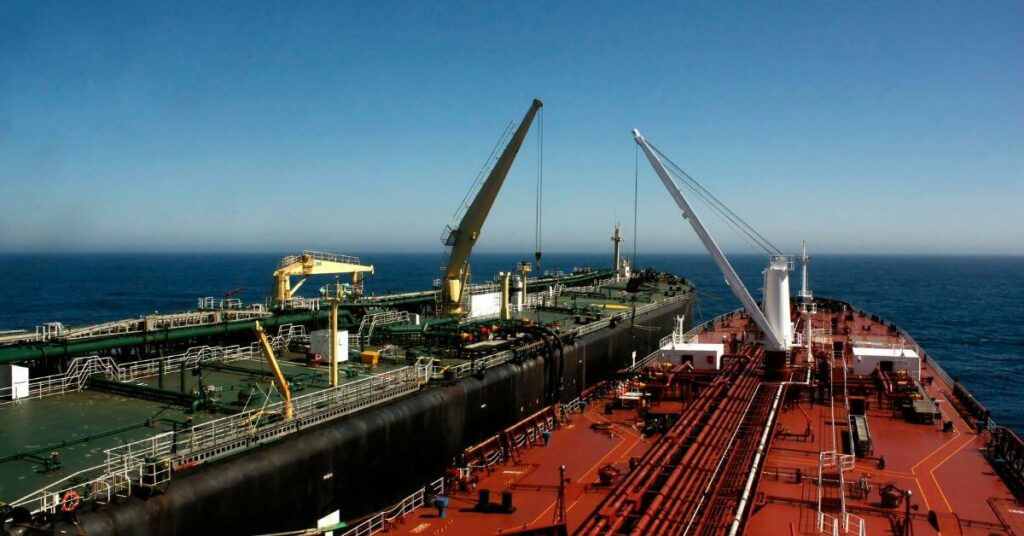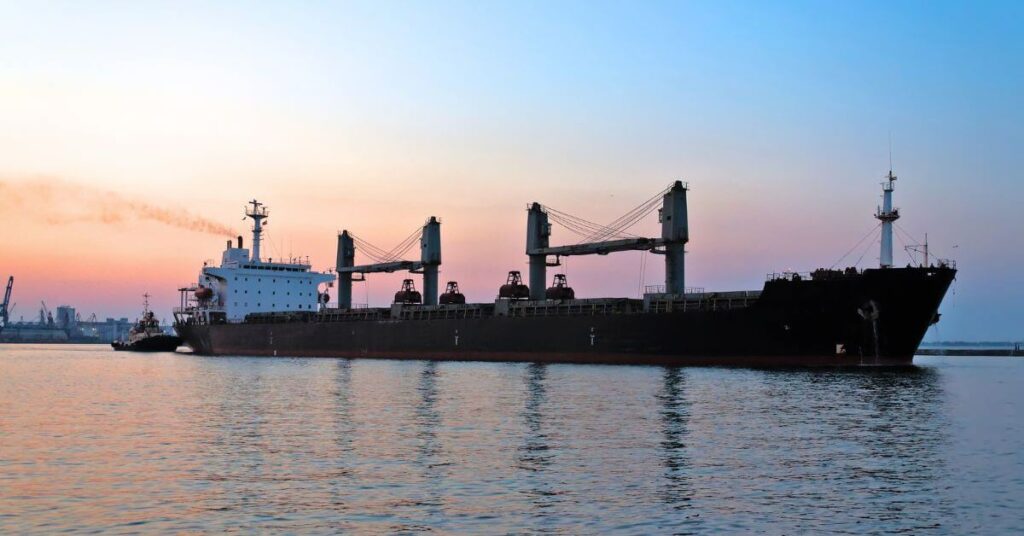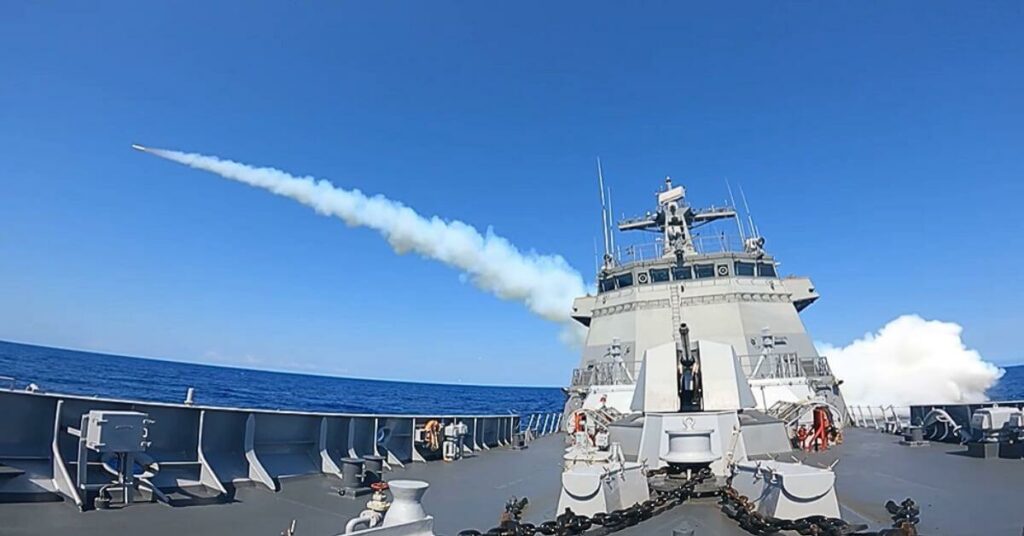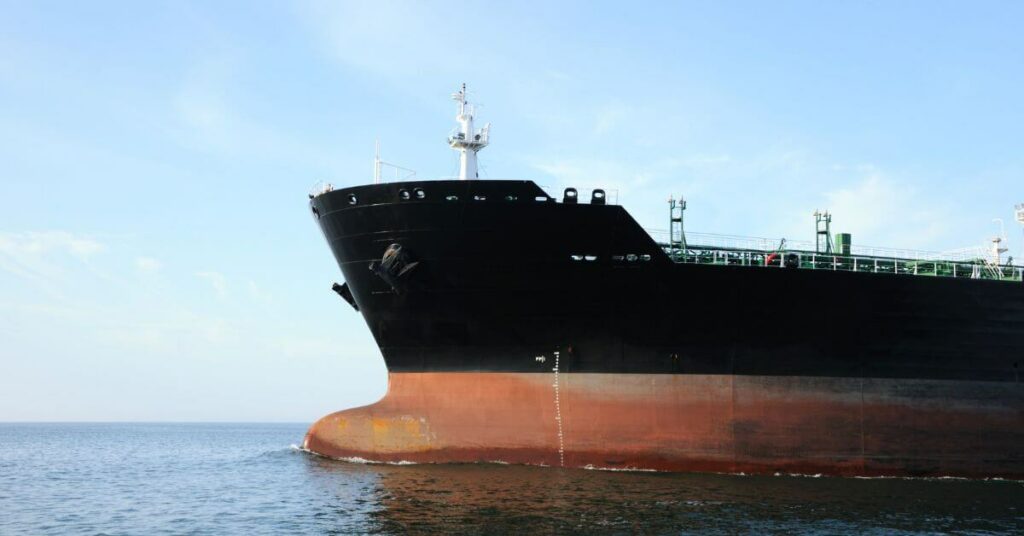Suez Canal Reports 45% Decrease In Freight Movement Amid Houthi Attacks
Freight passing via the Suez Canal has dropped by about 45% in the past two months. The attacks by Houthis of Yemen have led the shipping groups to divert the freight, disrupting strained maritime trading channels, per the UNCTAD. UNCTAD, the United Nations Conference on Trade and Development, supports developing nations in global trade. It has warned of more significant inflation risks, food security uncertainties, and heightened greenhouse gas emissions.
Shipping firms have diverted vessels from the Red Sea since the Iran-aligned Houthi movement that controls most of the populated areas of Yemen started attacking ships in what it claims is in support of Palestinians in Gaza. Britain and the United States have responded using air strikes against the Houthis. The agency observed that 39% fewer vessels than at the beginning of December have passed via the canal, leading to a 45% drop in freight tonnage.
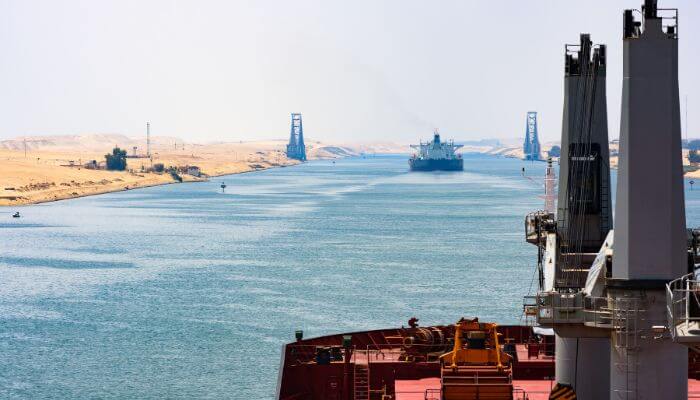
Jan Hoffmann, the head of trade logistics at UNCTAD, mentioned that there were three key trade routes disrupted, including the flows of grain and oils since Russia invaded Ukraine, and the Panama Canal, where the low water levels due to the drought indicated shipping last month was down by 36% year on year and about 62% from about two years ago.
He informed the relevant authorities concerned at a briefing late on Thursday. They are noticing delays, higher costs, and higher greenhouse gas emissions. Emissions had been rising, he said, because vessels had been opting for the longer routes and also travelling faster to compensate for the detours. The Suez Canal accounts for 12% to 15% of worldwide trade and 25% to 30% of global container traffic.
Container shipments via the canal dropped 82% in the week to 19 Jan from early December, while for LNG, this decline was more significant. The drop-off regarding dry bulk was relatively minor, but crude oil tanker traffic was slightly higher.
The spot container rates recorded the sharpest weekly rise of $500, impacting not simply Asia-to-Europe shipments but also the non-Suez route to the west coast of the US, which has more than doubled. However, the rates were only about half of the peak hit during the pandemic.
Hoffmann said that the food prices could experience the impact, adding that nearly half of the increases observed since the war in Ukraine were owing to higher transport rates, even though end consumers in developed nations may take time to see any impact.
Reference: IranIntl
Disclaimer :
The information contained in this website is for general information purposes only. While we endeavour to keep the information up to date and correct, we make no representations or warranties of any kind, express or implied, about the completeness, accuracy, reliability, suitability or availability with respect to the website or the information, products, services, or related graphics contained on the website for any purpose. Any reliance you place on such information is therefore strictly at your own risk.
In no event will we be liable for any loss or damage including without limitation, indirect or consequential loss or damage, or any loss or damage whatsoever arising from loss of data or profits arising out of, or in connection with, the use of this website.
Disclaimer :
The information contained in this website is for general information purposes only. While we endeavour to keep the information up to date and correct, we make no representations or warranties of any kind, express or implied, about the completeness, accuracy, reliability, suitability or availability with respect to the website or the information, products, services, or related graphics contained on the website for any purpose. Any reliance you place on such information is therefore strictly at your own risk.
In no event will we be liable for any loss or damage including without limitation, indirect or consequential loss or damage, or any loss or damage whatsoever arising from loss of data or profits arising out of, or in connection with, the use of this website.
About Author
Marine Insight News Network is a premier source for up-to-date, comprehensive, and insightful coverage of the maritime industry. Dedicated to offering the latest news, trends, and analyses in shipping, marine technology, regulations, and global maritime affairs, Marine Insight News Network prides itself on delivering accurate, engaging, and relevant information.

About Author
Marine Insight News Network is a premier source for up-to-date, comprehensive, and insightful coverage of the maritime industry. Dedicated to offering the latest news, trends, and analyses in shipping, marine technology, regulations, and global maritime affairs, Marine Insight News Network prides itself on delivering accurate, engaging, and relevant information.
Do you have info to share with us ? Suggest a correction
Latest Shipping News Articles You Would Like:
Daily Maritime News, Straight To Your Inbox
Sign Up To Get Daily Newsletters
Join over 60k+ people who read our daily newsletters
By subscribing, you agree to our Privacy Policy and may receive occasional deal communications; you can unsubscribe anytime.

